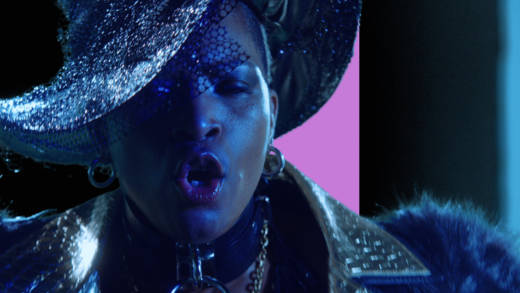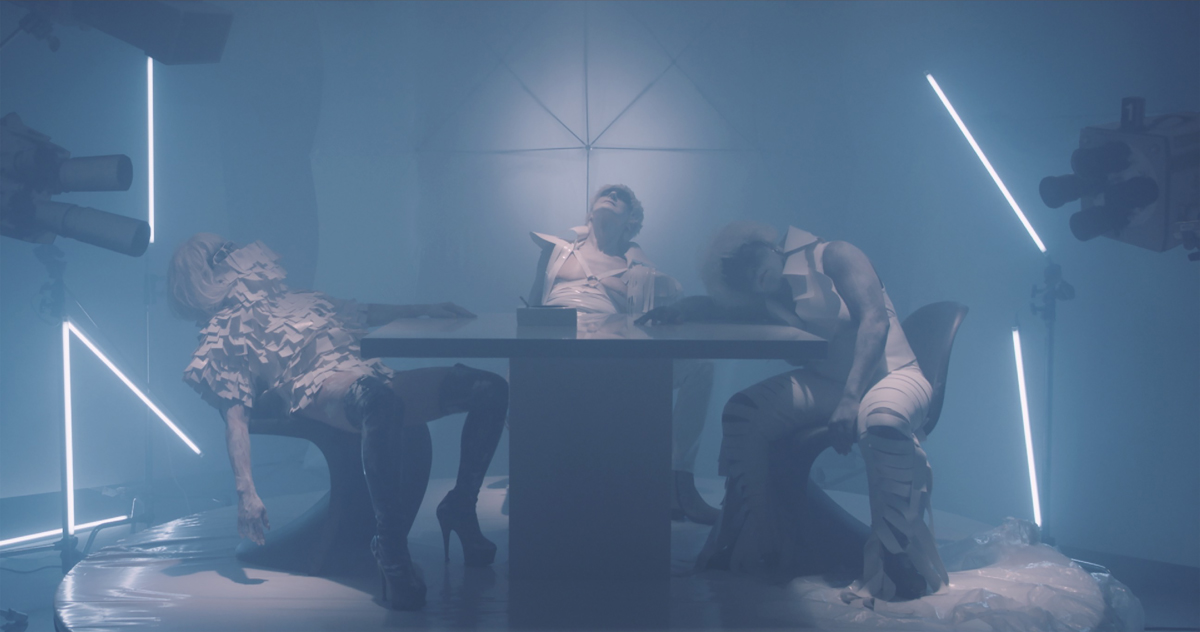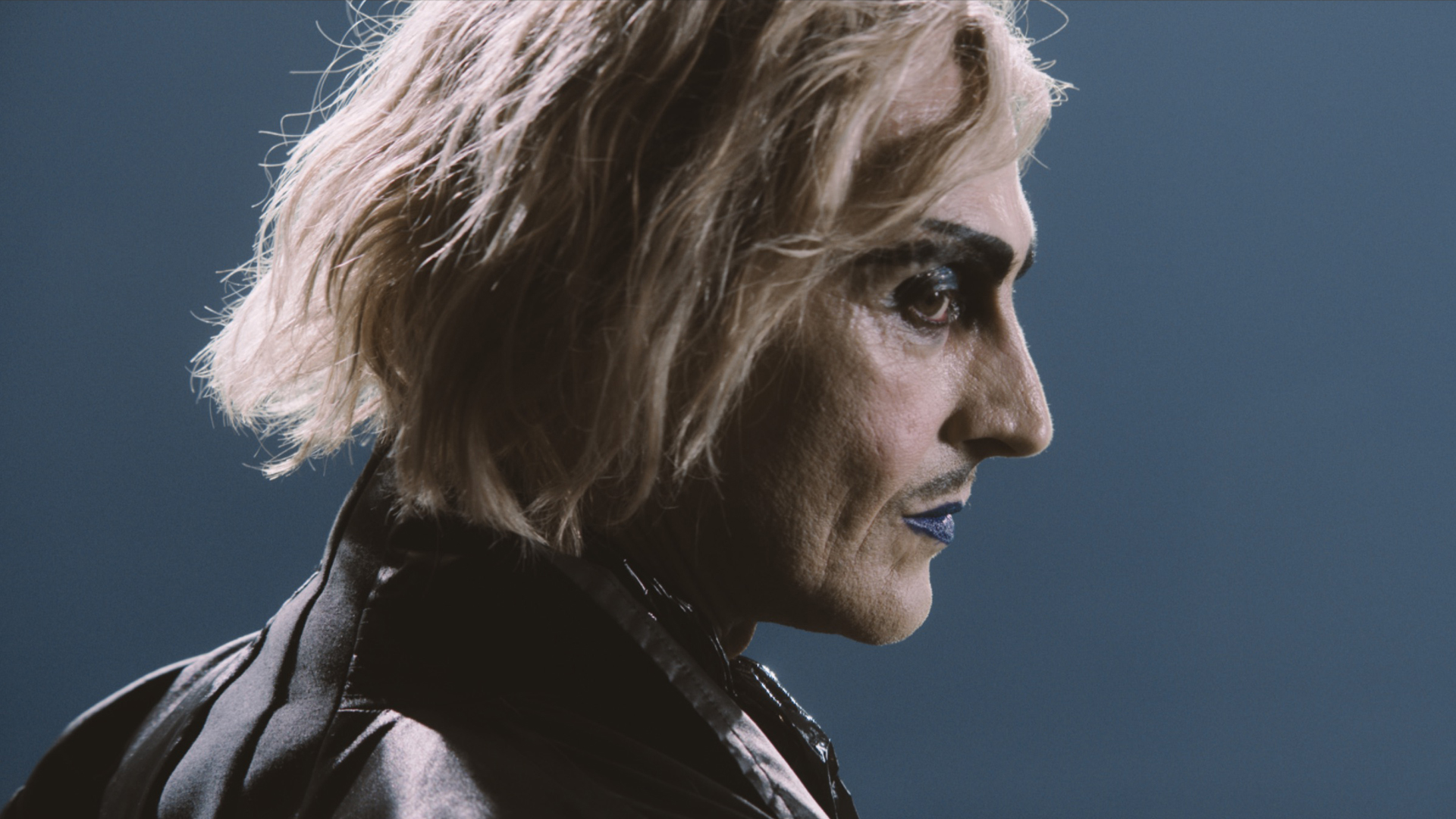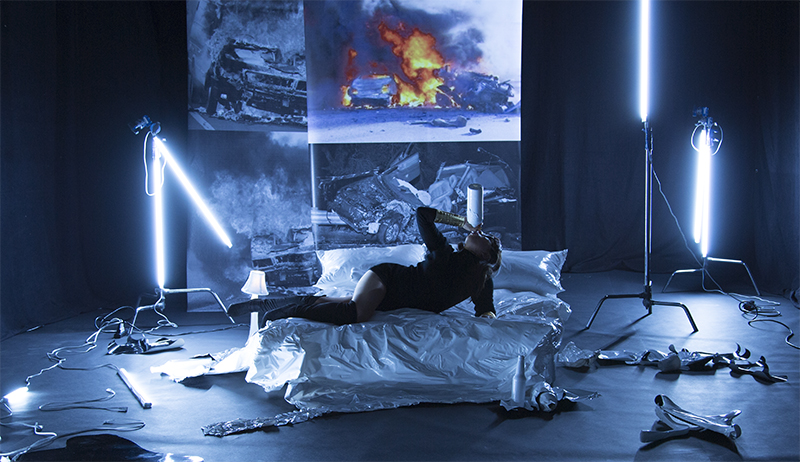The real trick with any durational art — video or performance — is holding the audience’s attention. Sure, anyone will watch a 30-second Instagram video, a 2-minute-30-second movie trailer, and maybe, if you’re blessed, a 6-minute long mini-doc about a visionary local filmmaker. But an hour-long, non-narrative, three-channel video installation? Good luck.
And then there’s New York-based artist Michelle Handelman’s latest piece, Hustlers & Empires, commissioned by and on view at the San Francisco Museum of Modern Art, which doesn’t just hold the audience’s attention — it commands it.
Drawing from three very different sources — Iceberg Slim’s 1967 memoir Pimp, Federico Fellini’s 1968 short film Toby Dammit and Marguerite Duras’ 1984 autobiographical novel The Lover — Handelman layers fact, fiction and mesmerizing performances to create a compelling, fragmented, hallucinatory depiction of those living on society’s edges.
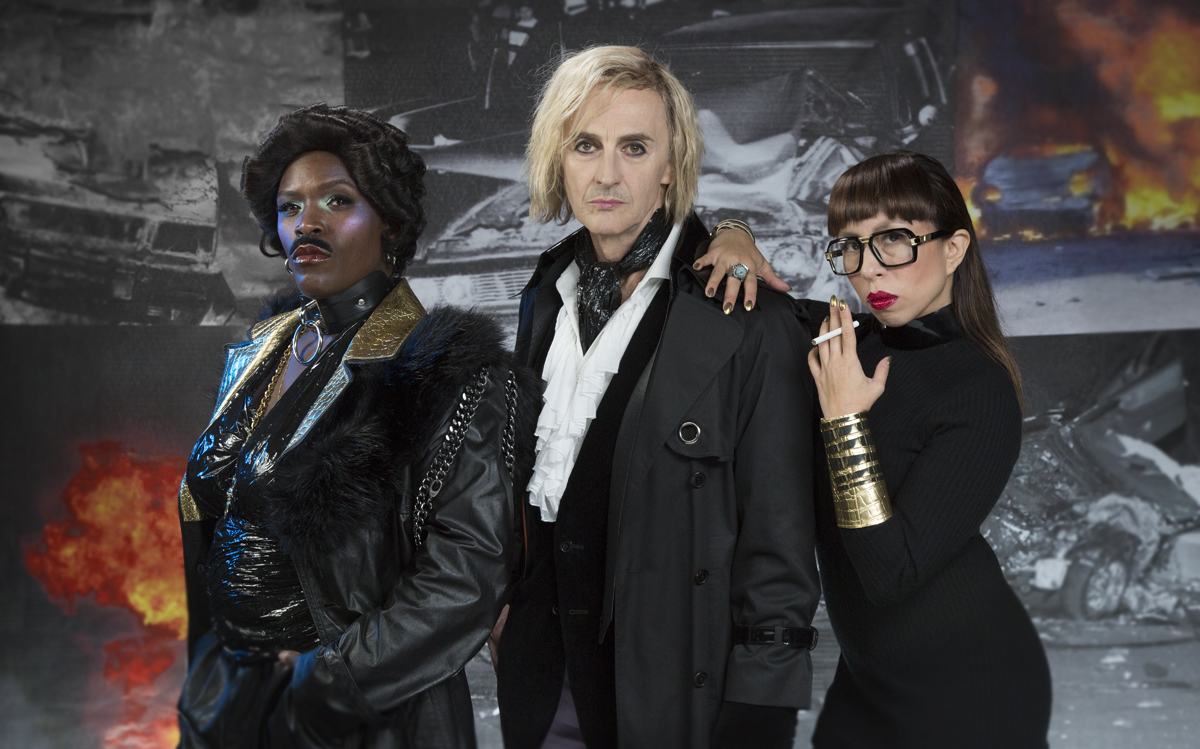
“We all know we live in a sound-bite culture and we’re all aware of people’s short attention spans, yet I’m compelled to make these pieces a certain way,” Handelman says of her commitment to longform video, talking with KQED Arts. “The way my projects are designed — through the use of repetition, sound and long takes that stare at you — there’s a structure built into them that, at best, is hypnotic.”
“Hypnotic” is the operative word here. In SFMOMA’s White Box gallery space, the three video channels project large onto adjacent walls, alternating focus between the three “hustlers,” played by artists, musicians and performers Shannon Funchess, John Kelly and Viva Ruiz. Filling the gallery floor below are portable stages, props from the video and light stands holding 2D replicas of video cameras. Other stands support T-shirts bearing the faces of young Terence Stamp (star of Toby Dammit), Duras and Slim.
